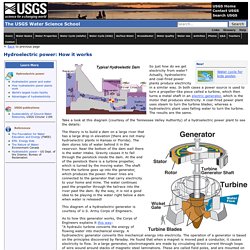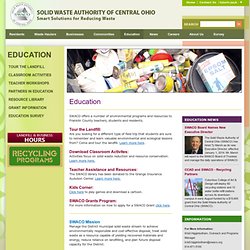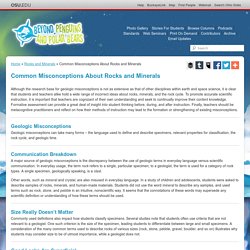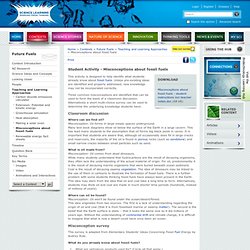

Hydroelectric Power: How it works, USGS Water-Science School. So just how do we get electricity from water?

Actually, hydroelectric and coal-fired power plants produce electricity in a similar way. In both cases a power source is used to turn a propeller-like piece called a turbine, which then turns a metal shaft in an electric generator, which is the motor that produces electricity. A coal-fired power plant uses steam to turn the turbine blades; whereas a hydroelectric plant uses falling water to turn the turbine. The results are the same. Take a look at this diagram (courtesy of the Tennessee Valley Authority) of a hydroelectric power plant to see the details: The theory is to build a dam on a large river that has a large drop in elevation (there are not many hydroelectric plants in Kansas or Florida). This diagram of a hydroelectric generator is courtesy of U.S. As to how this generator works, the Corps of Engineers explains it this way: "A hydraulic turbine converts the energy of flowing water into mechanical energy.
SWACO. SWACO offers a number of environmental programs and resources to Franklin County teachers, students and residents.

Tour the Landfill: Are you looking for a different type of field trip that students are sure to remember and learn valuable environmental and ecological lessons from? Come and tour the landfill. Learn more here. Download Classroom Activites: Activities focus on solid waste reduction and resource conservation. Teacher Assistance and Resources: The SWACO library has been donated to the Grange Insurance Audubon Center. Kids Corner: Click here to play games and download a cartoon. SWACO Grants Program: For more information on how to apply for a SWACO Grant click here. SWACO Mission Manage the District municipal solid waste stream to achieve environmentally responsible and cost-effective disposal, treat solid waste as a resource capable of yielding recovered materials and energy, reduce reliance on landfilling, and plan future disposal capacity for the District.
SWACO Guiding Principles: National Energy Education Development Project. Renewable Energy News. The following feature stories take an in-depth, behind-the-scenes look at how NREL is advancing energy efficiency and renewable energy technologies. You may subscribe to receive weekly news features by e-mail or via RSS feed . August 2012. GeoFacts Index. Common Misconceptions About Rocks and Minerals — Rocks and Minerals. Although the research base for geologic misconceptions is not as extensive as that of other disciplines within earth and space science, it is clear that students and teachers alike hold a wide range of incorrect ideas about rocks, minerals, and the rock cycle.

To promote accurate scientific instruction, it is important that teachers are cognizant of their own understanding and seek to continually improve their content knowledge. Formative assessment can provide a great deal of insight into student thinking before, during, and after instruction. Finally, teachers should be metacognitive practitioners and reflect on how their methods of instruction may lead to the formation or strengthening of existing misconceptions. Geologic Misconceptions Geologic misconceptions can take many forms – the language used to define and describe specimens, relevant properties for classification, the rock cycle, and geologic time. Communication Breakdown Size Really Doesn’t Matter Good Looks Are Superficial. _SurfaceRocks_Sediments. Misconceptions about fossil fuels. This activity is designed to help identify what students already know about fossil fuels.

Unless pre-existing ideas are identified and properly addressed, new knowledge may not be incorporated correctly. Three common misconceptions are identified that can be used to form the basis of a classroom discussion. Alternatively a short multi-choice survey can be used to determine the underlying knowledge students have. Classroom discussion Where can we find oil? What is oil made from? Where can oil be found? Misconception survey This survey is adapted from Elementary Students’ Ideas Concerning Fossil Fuel Energy by Audrey Rule. What do you already know about fossil fuels? What are petroleum products used for? Soils4teachers. Hands On Earth Science Series. Ohiorc Rock and Soil Lessons. What's the Scoop on Soil? What's the Scoop on Soil?

It's easy to forget about soil. You have to look down on the ground to see it. Even then, soil may not seem to do very much. But there's more to soil than you might think. It isn't just dirt that gets on your shoes. Trees and plants need soil to grow. Most soil comes from rocks. Not all soil is the same. The color of soil can sometimes tell you where you are. The feel of soil can tell you about its ingredients. Did you know that squeezing soil can tell you about the weather? Soil that is wet and sticky is called mud. To read a storybook about soils, click on the first link in the gray box. Dan Stillman, Institute for Global Environmental Strategies. Soil Resources Program. Rumpke Recycling -Videos. CONSERVATION: TRASH TO TREASURE ACTIVITY. World Book.